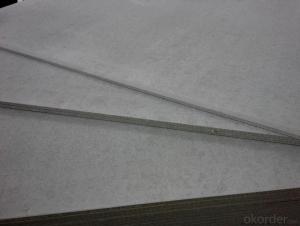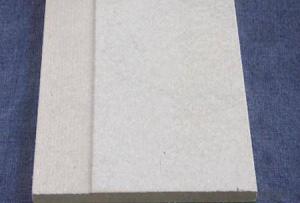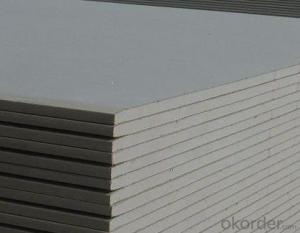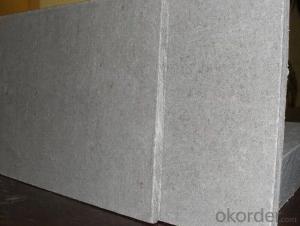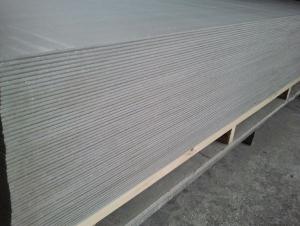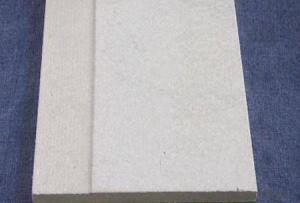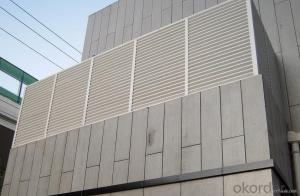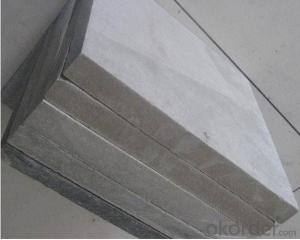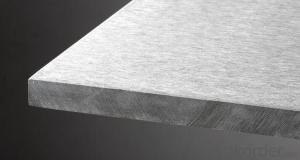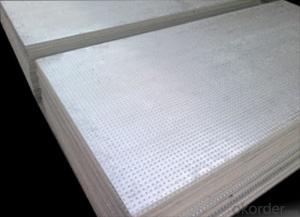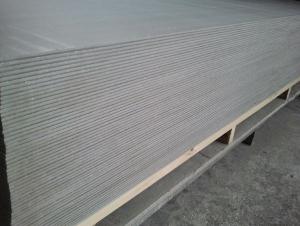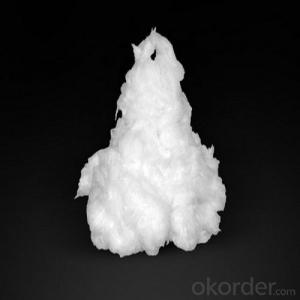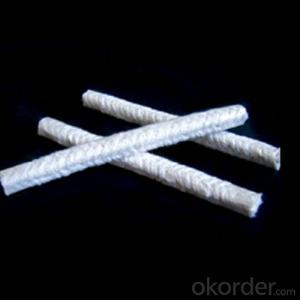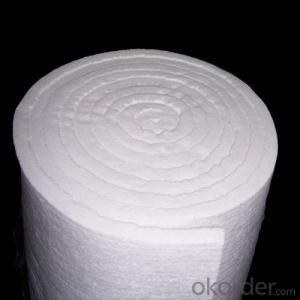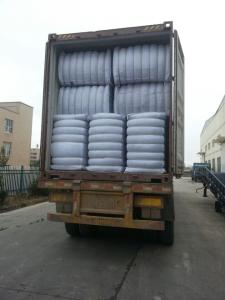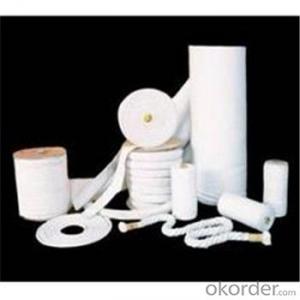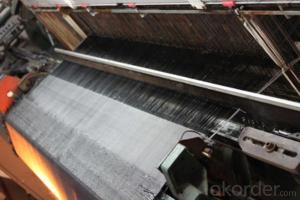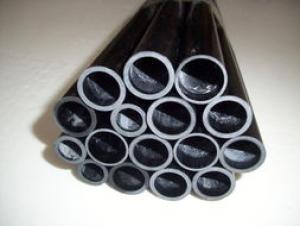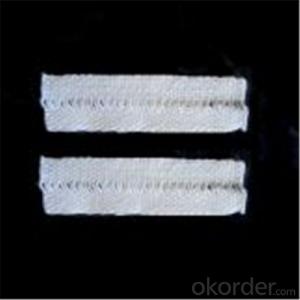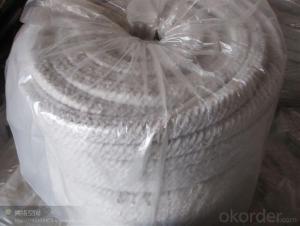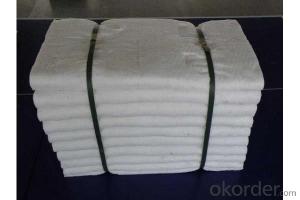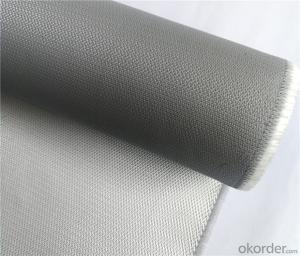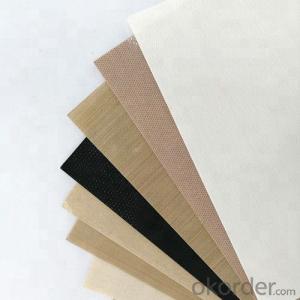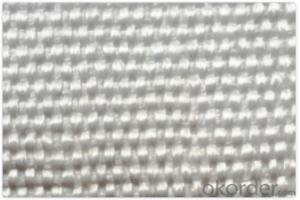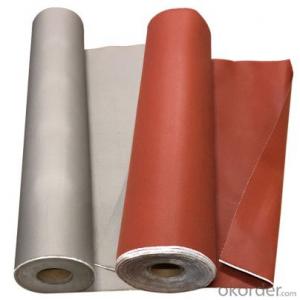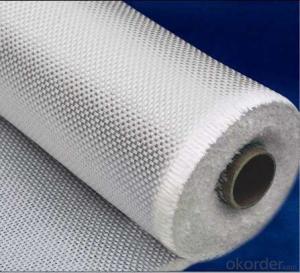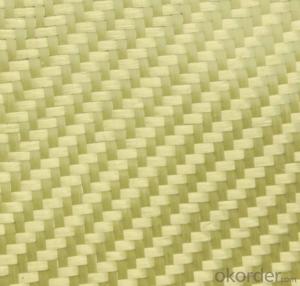Textile Fiber
Textile Fiber Related Searches
Fiber Sheet For Roof Decorative Lights For Ceiling Wall Panels For Basement Marketplace For Construction Materials Retaining Wall With Geogrid Galvanized Steel Wall Panels Stainless Steel Peg Board Stainless Steel Wall Art Stainless Steel Wall Shelves Stainless Steel WallHot Searches
Used Foam Board Insulation For Sale Used Sandwich Panel For Sale Bags Of Cement For Sale Tilt Panel Props For Sale Types Of Temporary Side Panels For Cement Deck Magnesium Oxide Board For Sale Hdf Board For Sale sintra board for sale Fiber Sheet Price In India Gypsum Board Price Per Sheet In India Fiber Roofing Sheets Price In Pakistan Plastic Fiber Sheet Price Solar Inverter Panel Price Sandwich Panel Manufacturers In Bangladesh 5 8 Type X Gypsum Board Price Twin Wall Polycarbonate Sheet Price Hardiflex Fiber Cement Board Price Gypsum Board Partition Wall Price India Extruded Polystyrene Insulation Board Price Polyurethane Insulation Board PriceTextile Fiber Supplier & Manufacturer from China
Okorder.com is a professional Textile Fiber supplier & manufacturer, offers integrated one-stop services including real-time quoting and online cargo tracking. We are funded by CNBM Group, a Fortune 500 enterprise and the largest Textile Fiber firm in China.Hot Products
FAQ
- Yes, fiberglass fabric is highly resistant to moisture in marine environments. It is a popular choice for marine applications due to its excellent water repellent properties. The fiberglass fabric is made from fine strands of glass fibers that are woven together, creating a strong and durable material. These fibers do not absorb water, ensuring that the fabric remains resistant to moisture even when exposed to harsh marine conditions. This resistance to moisture makes fiberglass fabric ideal for use in marine applications such as boat covers, sails, and other marine equipment where protection from water is essential. Additionally, fiberglass fabric is also resistant to the growth of mold and mildew, which further enhances its suitability for marine environments.
- Yes, fiberglass fabric is suitable for high-temperature applications. It is known for its excellent heat resistance and can withstand temperatures up to 1000°F (537°C) without deteriorating or losing its structural integrity. This makes it a popular choice for industries such as aerospace, automotive, and insulation, where high temperatures are present.
- Yes, fiberglass fabric can be used for making roller blinds. Fiberglass fabric is a popular choice for roller blinds due to its durability and strength. It is resistant to moisture and UV rays, making it suitable for use in both indoor and outdoor settings. Additionally, fiberglass fabric is lightweight, allowing for easy operation and maintenance of roller blinds. The fabric is also available in a variety of colors and patterns, providing flexibility in design options. Overall, fiberglass fabric is a reliable and practical choice for making roller blinds.
- Yes, fiberglass fabric can be used for reinforcement in composite materials. It is widely used due to its high strength-to-weight ratio and excellent resistance to corrosion and chemicals. It provides reinforcement and enhances the mechanical properties of composite materials, making them stronger and more durable.
- Fiberglass fabric is known for its excellent resistance to moisture and humidity. Unlike other materials, it does not absorb water or become weakened or damaged by exposure to moisture. This makes it highly durable and suitable for applications in high-humidity environments or areas prone to moisture.
- Certainly, tents and awnings can be made using fiberglass fabric. This material is widely preferred for outdoor use because of its resilience, robustness, and ability to withstand extreme weather conditions. Despite being lightweight, it is remarkably sturdy, making it an optimal choice for constructing tents and awnings. Furthermore, fiberglass fabric possesses fire-resistant qualities and offers exceptional UV protection, ensuring a secure and pleasant outdoor experience. It also boasts excellent insulation properties, which help maintain a comfortable temperature inside the tent or beneath the awning. All in all, fiberglass fabric is a dependable and versatile option for tents and awnings, delivering both protection and endurance in diverse outdoor environments.
- The exceptional thermal insulation properties of fiberglass fabric stem from its low thermal conductivity. Comprised of delicate glass fibers, this fabric effectively traps air pockets, which function as insulating barriers that hinder heat transfer. Consequently, fiberglass fabric has the ability to resist heat flow and sustain a consistent temperature, rendering it an optimal choice for various thermal insulation applications, such as construction, automotive, and the production of heat-resistant clothing. Furthermore, the fabric's low thermal conductivity also contributes to its fire resistance, as it does not readily conduct heat to ignite or propagate flames. All in all, fiberglass fabric exhibits excellent thermal conductivity performance, establishing it as a dependable and efficacious material for thermal insulation purposes.
- Fiberglass fabrics possess specific fire-resistant qualities. Their fire resistance stems from the combination of glass fibers and resin used in their composition. The glass fibers in fiberglass fabrics exhibit no tendencies to burn, melt, or release toxic fumes when confronted with flames or intense heat. Consequently, fiberglass fabrics exhibit exceptional resistance to ignition and combustion. Moreover, these fabrics possess a high ignition temperature, necessitating higher temperatures for them to catch fire compared to other materials. Furthermore, their low heat conductivity ensures that they do not easily transfer heat, further augmenting their fire-resistant attributes. Consequently, fiberglass fabrics find widespread use in various applications that prioritize fire safety, including protective clothing, curtains, insulation materials, and the construction of fire-resistant structures.
